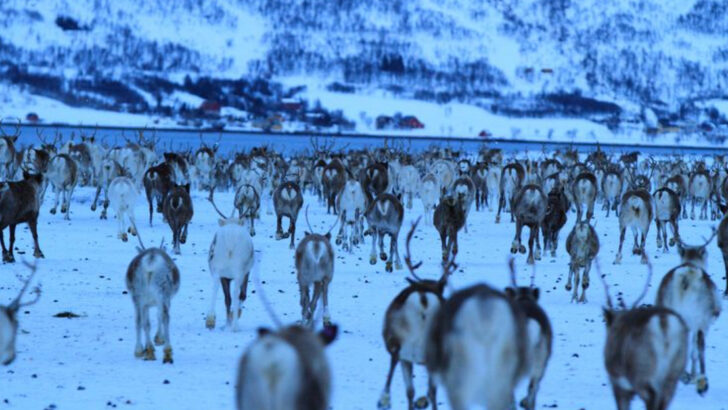Reindeer may be famous for pulling Santa’s sleigh, but in the wild, they’re even more impressive.
Imagine a herd so massive it stretches across the horizon, hooves thundering over frozen tundra. The largest reindeer pack ever recorded was a sight straight out of a wildlife documentary—only bigger, wilder, and full of surprises.
These animals aren’t just wandering aimlessly. Their migrations are calculated, their survival skills razor-sharp, and their social structures more complex than you’d ever guess. They battle harsh conditions, evade predators, and communicate in ways that still leave scientists scratching their heads.
So what did we learn from this incredible gathering? From unexpected behaviors to mind-blowing adaptations, these 12 discoveries will change the way you see reindeer forever.
Unprecedented Social Structure
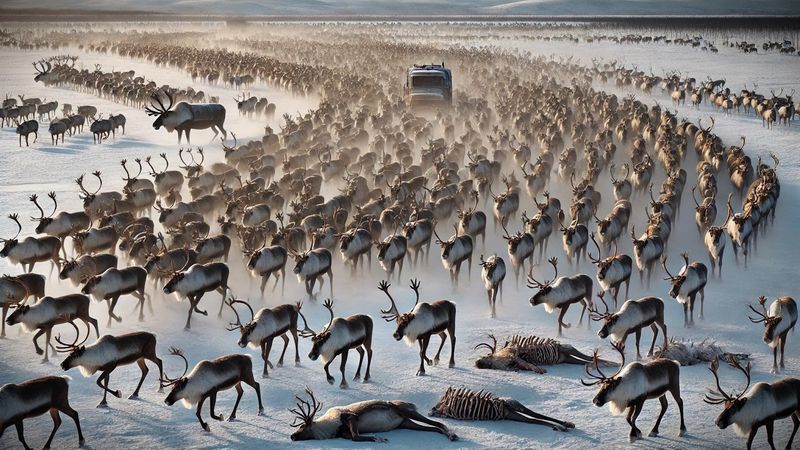
The largest reindeer pack ever recorded exhibited a social structure unlike any observed before. Researchers noticed an intricate hierarchy, with distinct roles among the members. Some reindeer took on leadership positions, guiding the pack across challenging terrains. Others acted as caretakers for the young and vulnerable, ensuring their safety within the herd. The cooperative nature of these roles highlighted the essential social bonds that sustain such a large group. Observing these interactions provided valuable insights into how reindeer maintain unity and support each other, even in harsh environments. The social dynamics of this pack were truly remarkable and unprecedented.
Adaptation to Extreme Climates
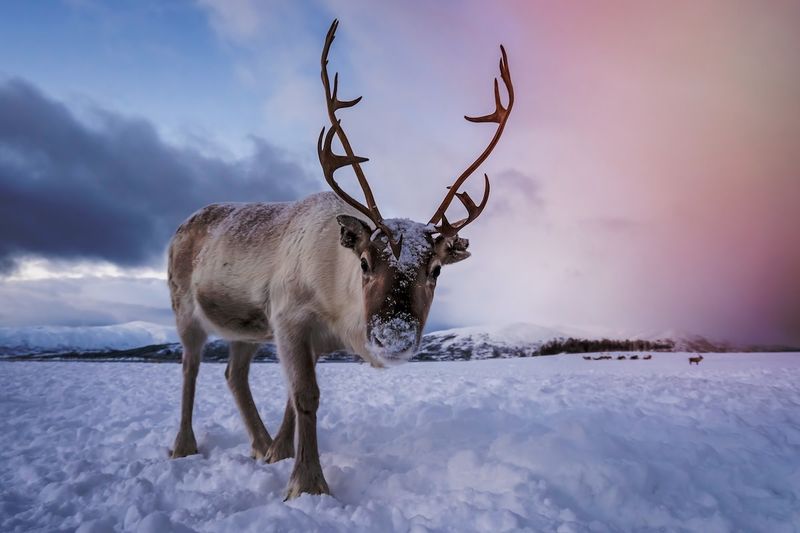
Reindeer are well-known for their resilience in extreme climates, and this pack was no exception. They displayed remarkable adaptations that allowed them to thrive in the icy Arctic. Their thick fur and specialized hooves enabled them to traverse snow-covered landscapes with ease. These adaptations were crucial for foraging and escaping predators. The reindeer’s ability to store energy in the form of fat reserves also played a key role in their survival. This discovery underscored the importance of their unique adaptations in coping with the challenges of their environment. The pack’s survival strategies were both fascinating and inspiring.
Migration Patterns Revealed
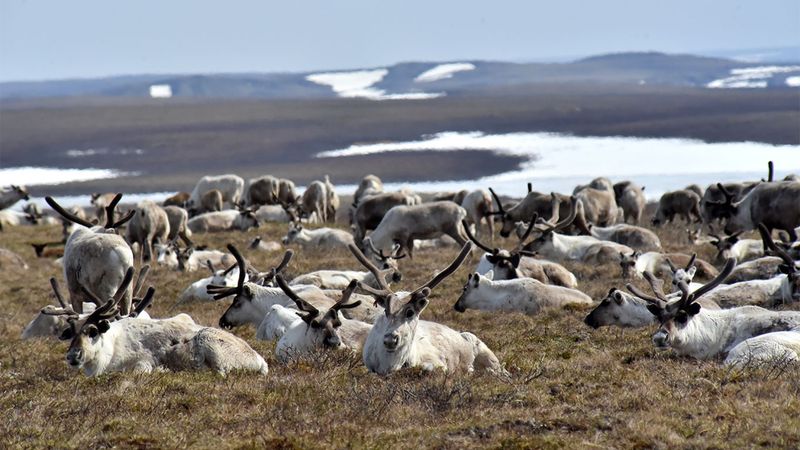
The migration patterns of this colossal reindeer pack provided new insights into their seasonal movements. Tracking data revealed that the pack traveled vast distances, covering diverse terrains to find food and suitable calving grounds. This extensive migration ensured access to resources critical for their survival. Researchers were amazed by the precision and coordination involved in these journeys. The migration routes were meticulously planned, taking into account weather conditions and geographical features. This understanding of reindeer migration patterns sheds light on their ability to adapt to changing environmental conditions and the importance of preserving their migratory corridors.
Communication Through Sounds
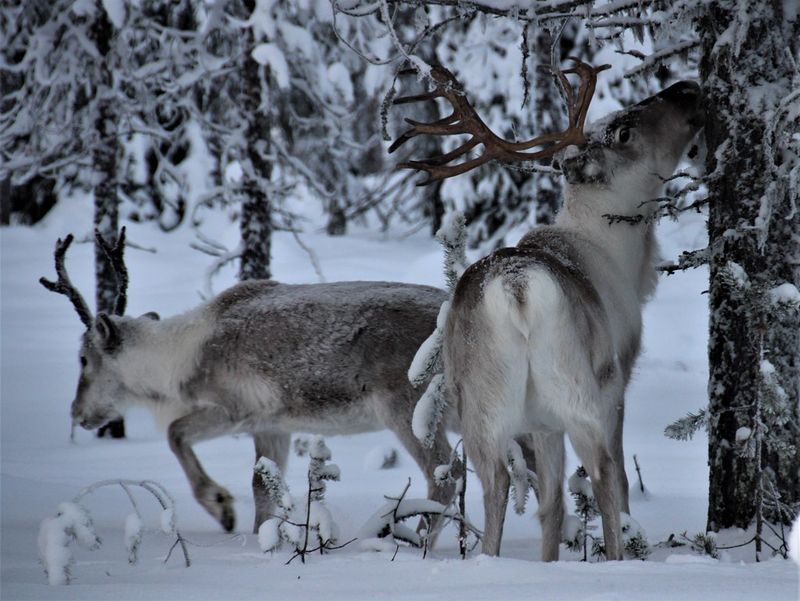
The largest reindeer pack exhibited a sophisticated system of communication through sounds. Researchers observed a range of vocalizations used for different purposes, such as alerting the herd to danger or signaling the presence of food. These sounds played a crucial role in maintaining cohesion within the group. The reindeer’s ability to communicate effectively was essential for coordinating movements and ensuring the safety of the pack. Understanding their vocal communication provided valuable insights into the social dynamics of these animals. It also highlighted the importance of preserving their natural habitat, where such communication systems can thrive.
Role of Dominant Males
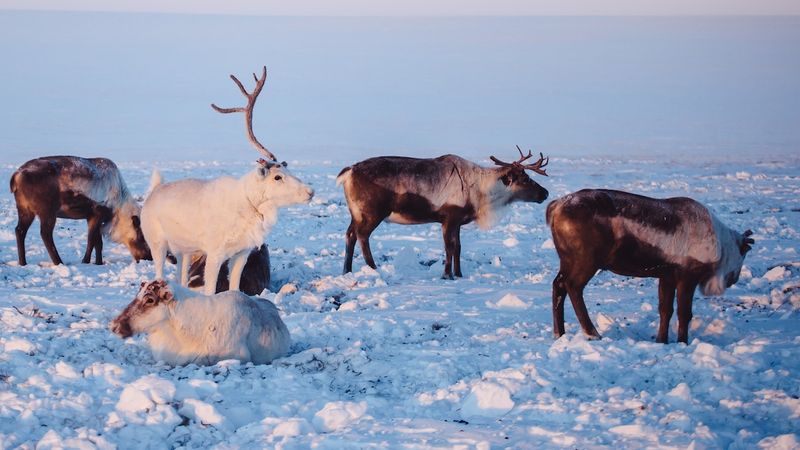
The presence of dominant males was a significant factor in the dynamics of this reindeer pack. These males played a crucial role in leading the herd, making decisions that impacted the group’s survival. Their strength and experience were vital in guiding the pack during migrations and in identifying suitable feeding grounds. The dominance hierarchy among the males was evident, with younger males often deferring to their more experienced counterparts. This structure ensured stability and order within the pack. Observing these dynamics provided insights into the social organization of reindeer herds and the importance of leadership roles in maintaining group cohesion.
Impact of Climate Change
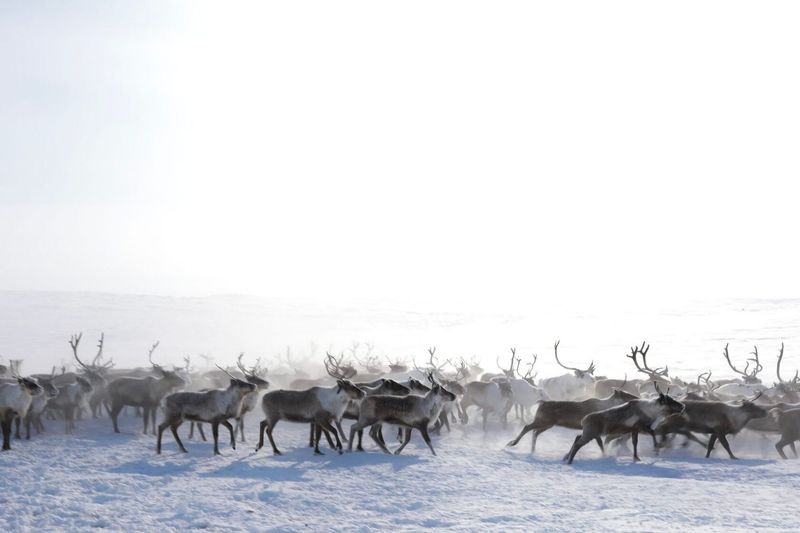
The largest reindeer pack ever recorded faced increasing challenges due to climate change. Changes in temperature and precipitation patterns affected their traditional migration routes and access to food sources. Researchers noted shifts in the timing of migrations and calving seasons, likely in response to these environmental changes. The pack’s ability to adapt to these new conditions was a testament to their resilience. However, it also highlighted the urgent need for conservation efforts to protect their habitats and ensure their long-term survival. Understanding the impact of climate change on reindeer populations is crucial for developing strategies to mitigate its effects.
Unique Calving Techniques
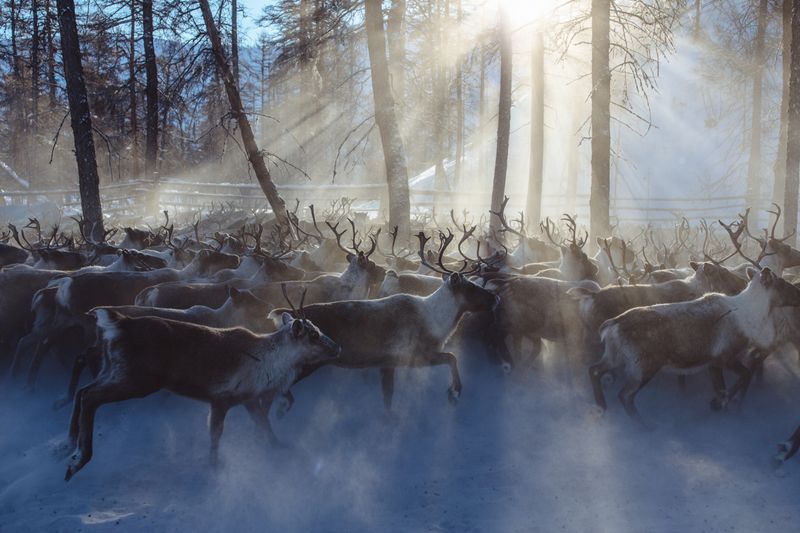
The calving techniques observed in this reindeer pack were unique and fascinating. Reindeer mothers chose secluded, snow-covered areas to give birth, providing a safe environment for their vulnerable calves. This choice minimized the risk of predation and exposure to harsh weather conditions. The newborns were surprisingly resilient, quickly adapting to their surroundings and learning to follow the herd. The nurturing behavior of the mothers was crucial for the survival of the calves, as they provided warmth and protection. These observations contributed to a deeper understanding of the maternal instincts and calving strategies employed by reindeer in the wild.
Foraging Strategies Uncovered
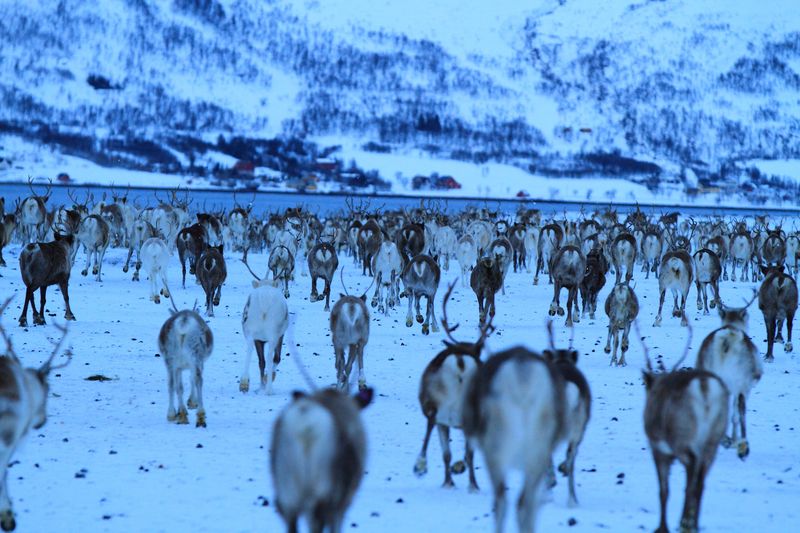
The foraging strategies of the largest reindeer pack revealed their remarkable adaptability and resourcefulness. Researchers observed the pack employing diverse techniques to locate food, from digging through snow to uncover lichens to browsing on shrubs and grasses. These strategies were essential for meeting the nutritional needs of such a large group. The reindeer’s ability to adjust their foraging behavior based on the availability of resources underscored their intelligence and adaptability. This understanding of their foraging strategies emphasized the importance of preserving diverse habitats that support the dietary needs of reindeer populations.
Interactions with Other Species
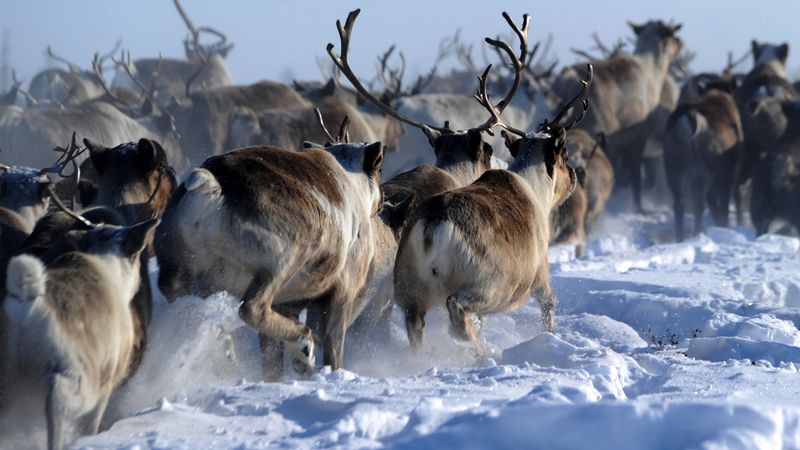
Observing the interactions between the largest reindeer pack and other Arctic species provided valuable ecological insights. Reindeer shared their habitat with a variety of animals, including predators like wolves and scavengers like Arctic foxes. These interactions influenced the behavior and strategies of the reindeer. Researchers noted instances of mutualistic relationships, where reindeer and birds benefited from each other’s presence. Understanding these interactions highlighted the complex web of relationships within Arctic ecosystems. It also emphasized the importance of maintaining biodiversity and healthy predator-prey dynamics to sustain the delicate balance of this unique environment.
Health and Disease Management
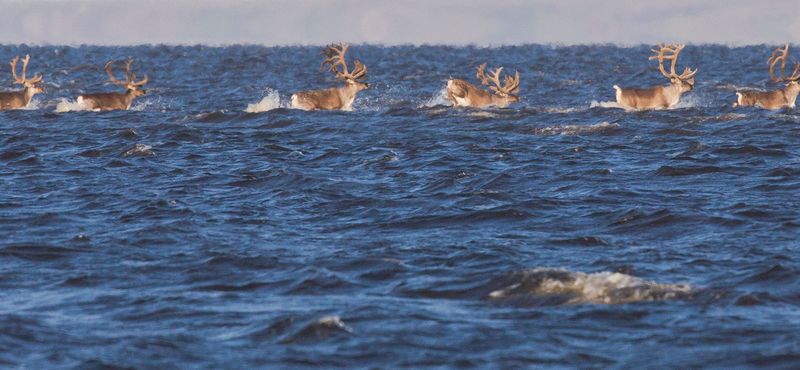
The health and disease management of the largest reindeer pack were key factors in their long-term survival. Researchers conducted health assessments to monitor the pack’s condition and identify potential threats. Parasites and diseases posed significant challenges, but the reindeer’s resilience and adaptability helped mitigate these risks. The pack demonstrated effective self-regulation, with healthier individuals often leading the group. Observing these health dynamics provided valuable information for conservation efforts and strategies to ensure the well-being of reindeer populations. It also underscored the importance of ongoing research and monitoring to address emerging health challenges.
Significance of Antler Growth
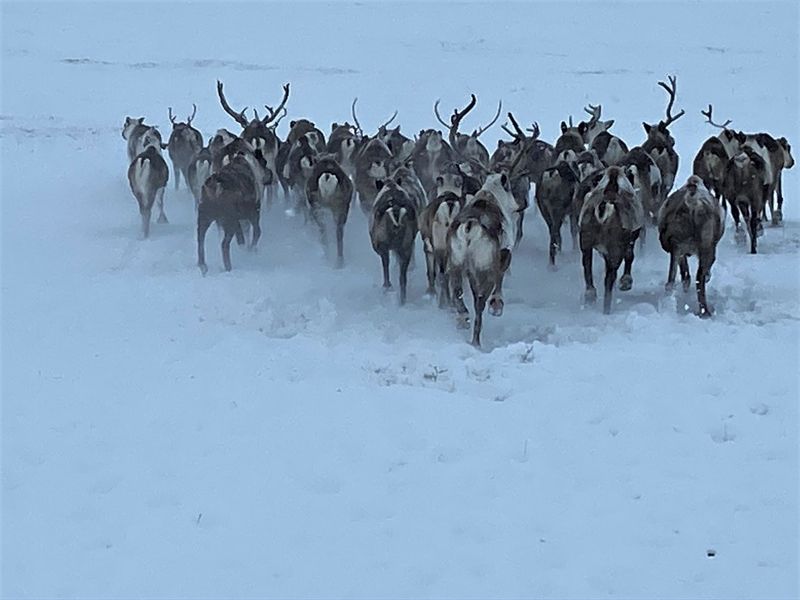
Antler growth in the largest reindeer pack was a fascinating aspect of their biology. The antlers served multiple purposes, from attracting mates to establishing dominance. Researchers observed variations in antler size and shape, reflecting the age and status of individual reindeer. The growth process was energy-intensive, requiring significant nutritional resources. Understanding the significance of antler growth provided insights into the life cycle and reproductive strategies of reindeer. It also highlighted the importance of healthy habitats that support the nutritional needs required for antler development. These observations emphasized the role of antlers in the social and reproductive dynamics of reindeer herds.
Cultural and Scientific Importance
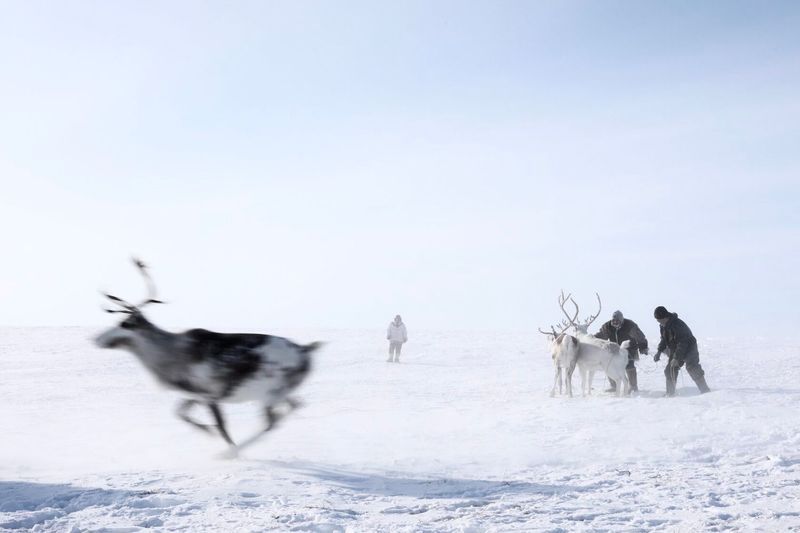
The discovery of the largest reindeer pack ever recorded was of immense cultural and scientific importance. For indigenous communities, reindeer hold significant cultural value, representing a vital part of their heritage and way of life. For scientists, this pack provided a unique opportunity to study reindeer behavior and ecology on an unprecedented scale. The findings from this research contribute to our understanding of Arctic ecosystems and the challenges they face. This collaboration between indigenous knowledge and scientific research underscores the importance of preserving these majestic creatures and their habitats for future generations.

